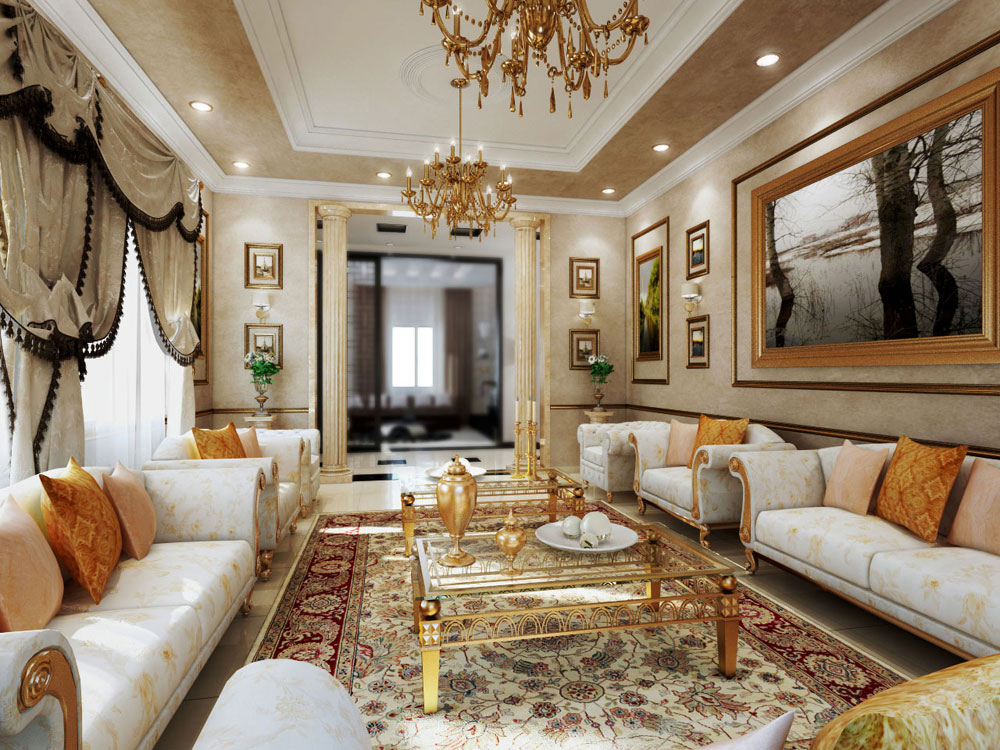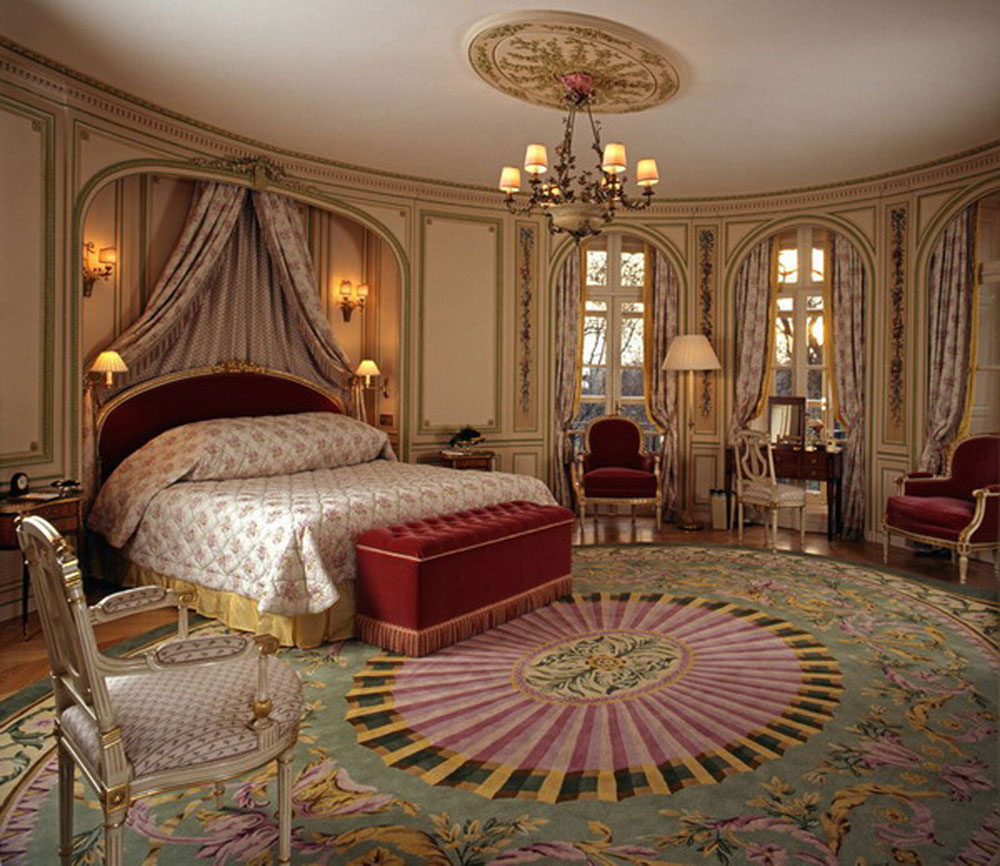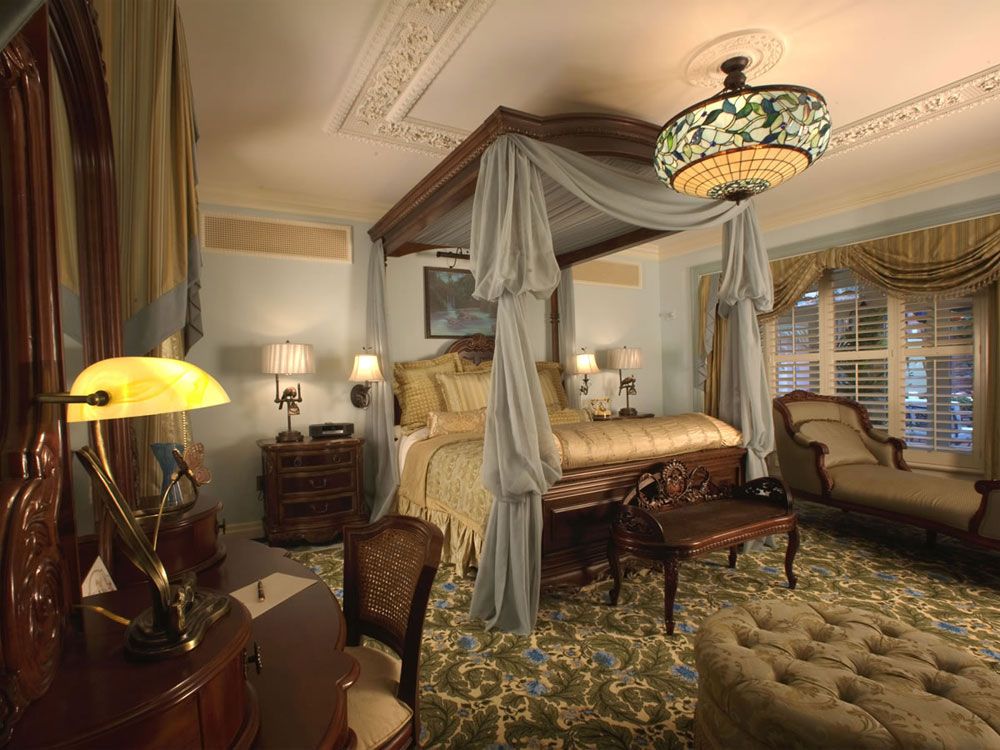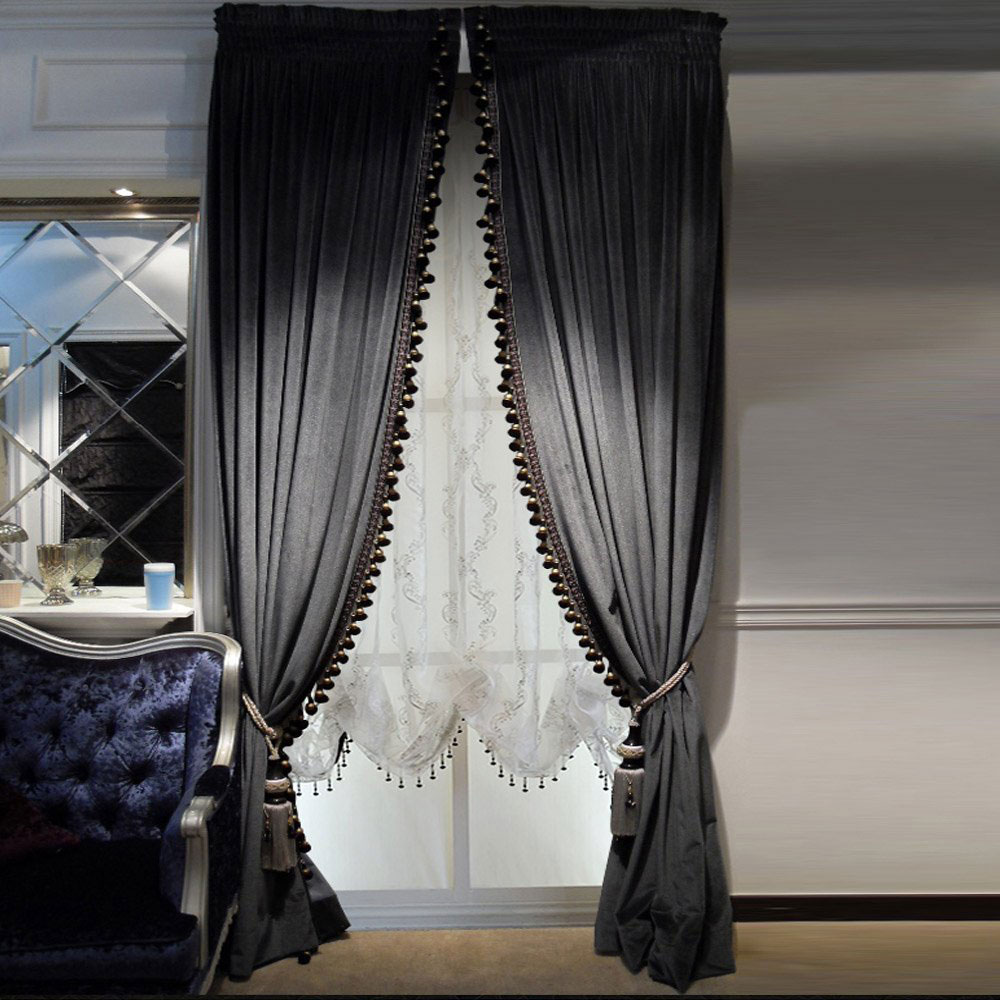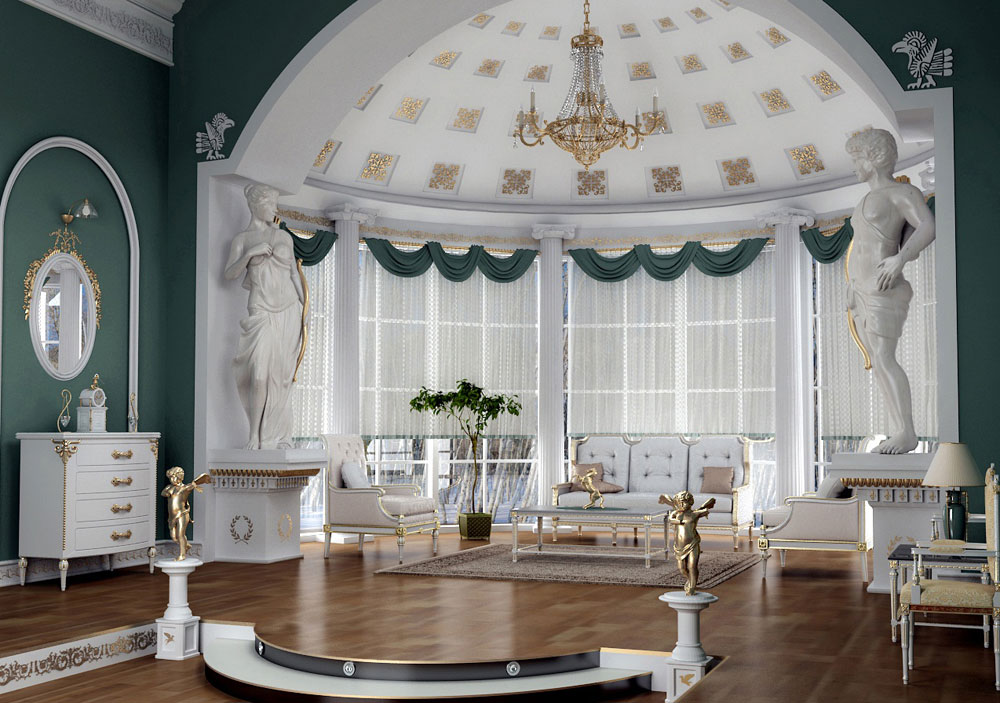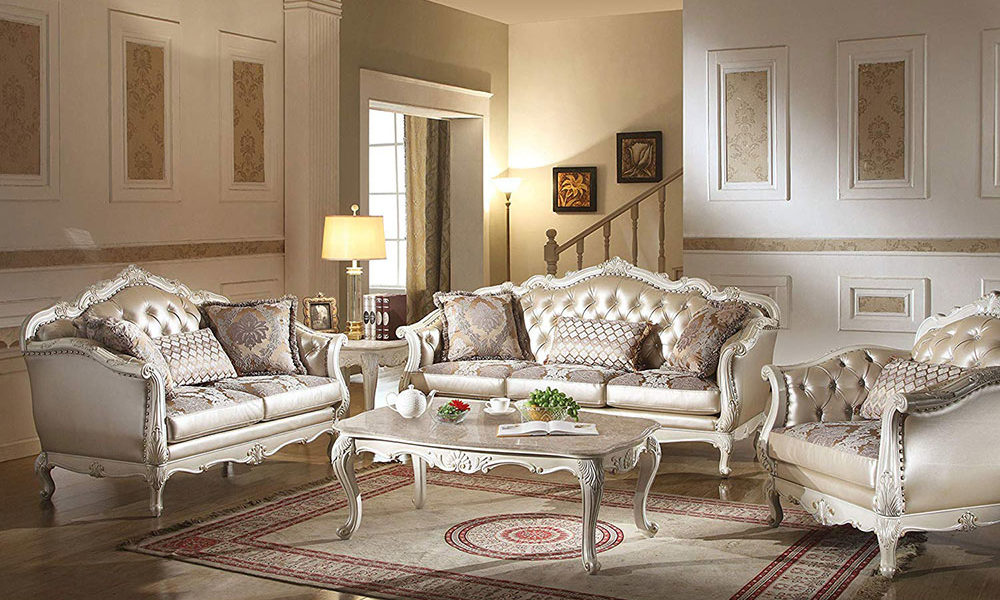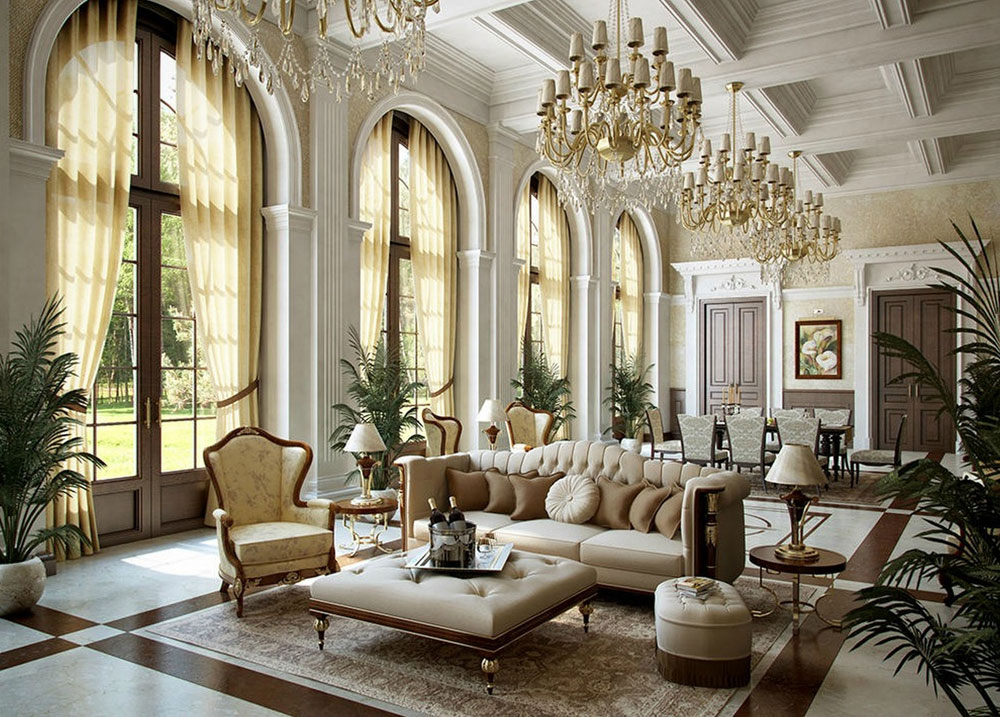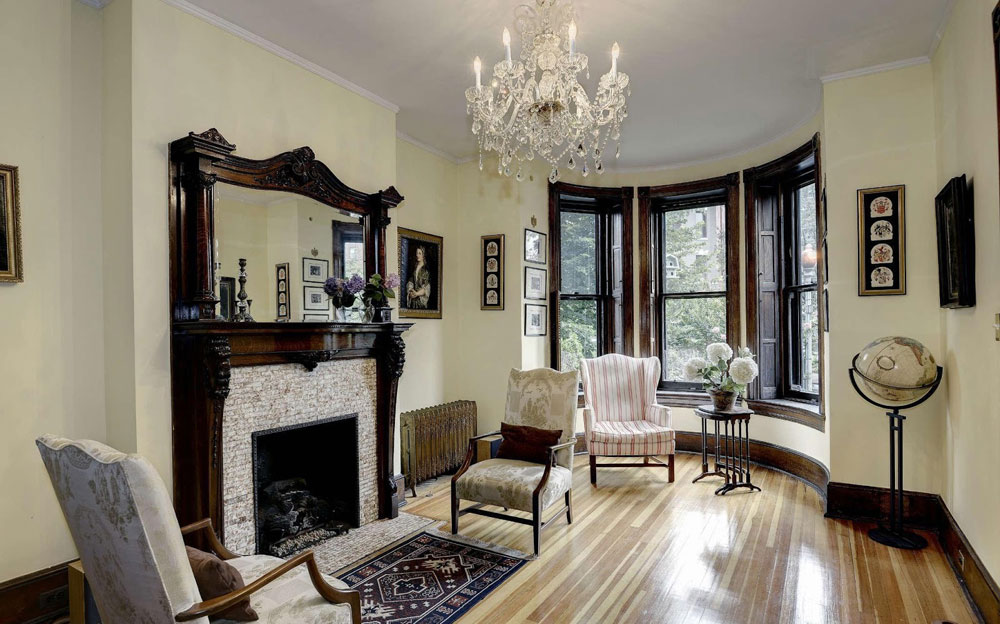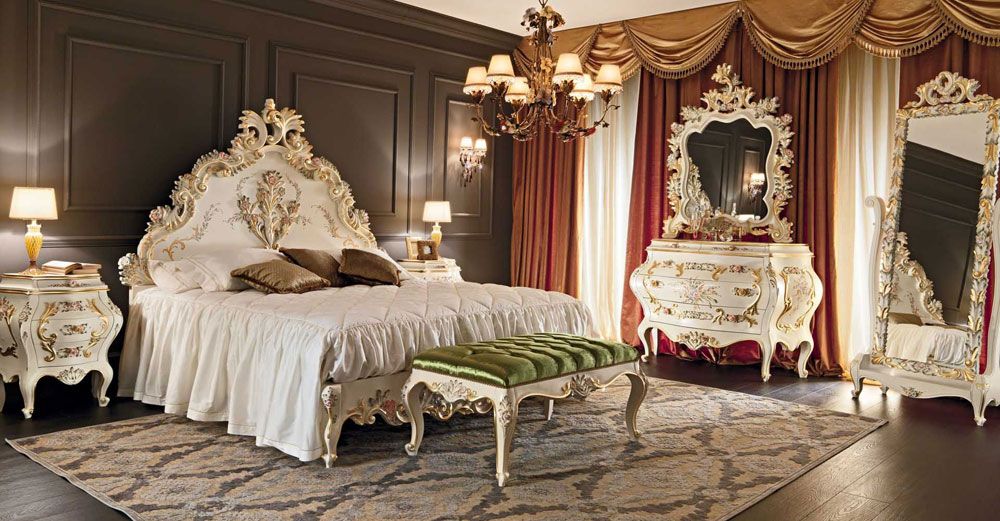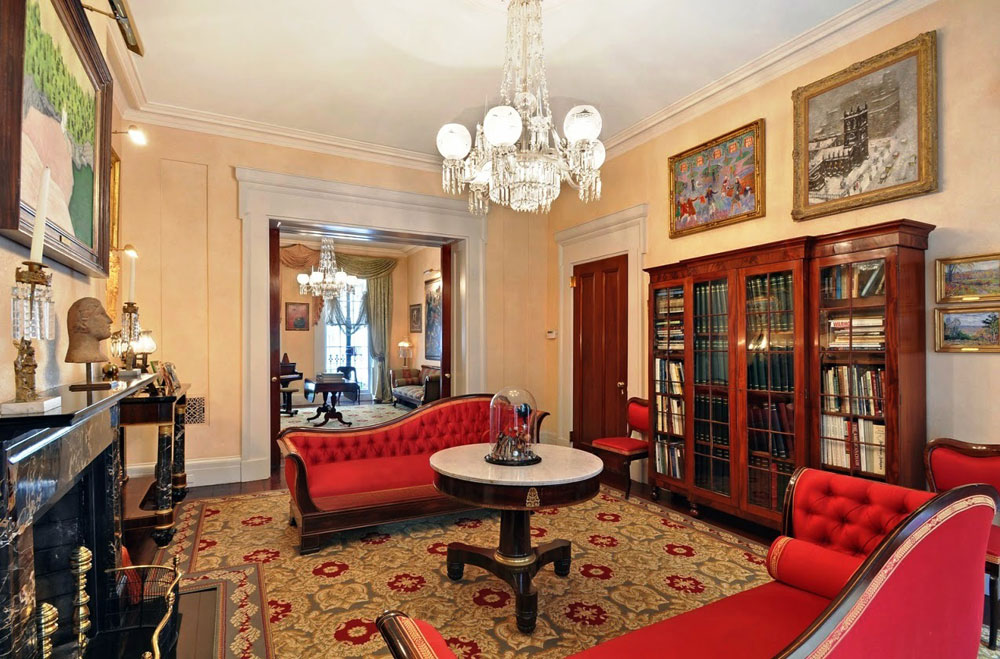Advertisement
Step back in time. Imagine walking through a grand hallway, your eyes tracing the gilded accents that glimmer against intricately designed wallpapers. The air is thick with the rich scent of mahogany wood, carrying whispers from an age of classic elegance. That’s the world of Victorian interior design, a realm where every detail whispers of opulence and history.
In this piece, we’ll embark on a journey through the ornate decor and romantic atmosphere of the Victorian era.
Your guide?
Yours truly, with a penchant for transforming spaces into timeless vignettes.
By the finale, you’ll be versed in the art of curating a space that honors this rich period—a tableau of heavy drapery, stained glass, and velvet upholstery.
We’ll explore key elements—antique furniture, Gothic revival, ceiling medallions, and design influences from the likes of William Morris.
Buckle up! This isn’t mere renovation. It’s an adventure in historical home restoration. Welcome to a vivid tapestry of design, a dance with the past, tailored for the 21st century.
Let’s go into the details of the Victorian interior design style
For those of us that would love a period home but without the extra effort, in this article, we look at easy and affordable ways to blend the splendor of the Victorian design characteristics into our modern living environment. Creating a Victorian decor may be possible, after all.
Victorian interior design history
During the Industrial Revolution, the middle classes were able to increase their prosperity and for the first time invest in the decor and design of their homes.
The period between 1837 and 1901, the reign of Queen Victoria, saw the cheap mass-production of countless household items, making them accessible to people who could never have afforded them before. The Victorian type of housing was born.
They immediately began to emulate the aristocracy and filled their homes to bursting point with accessories, furnishings and fabrics, all designed to showcase their new wealth and emergent social status in their modern Victorian homes.
A bare room was considered to show a lack of taste and so Victorian interiors appeared to be very cluttered compared to modern minimalist ideas at the time and later. Here we look at ways to bring touches of Victorian nostalgia to your modern home without the need for costly remodeling.
Wallpaper and Paint in Victorian interior design
Wallpaper was big news for the Victorian interior design. Mass-production of wallpaper in the 1840s led to a surge in the interest of part-wallpapered walls.
Applied from the skirting board to the dado rail half-way up a wall or to a picture rail near the ceiling, William Morris style wallpapers are ideal to copy this Victorian trend, featuring a large animal, bird or floral prints on water-silk paper.
Alternatively, try plain, flat-painted walls for a more simple Victorian interior decorating. They become easily a frequent presence in the modern Victorian houses.
Victorian style flooring
Parquet flooring or mid-toned polished floorboards are the way to go to copy the Victorian interior and fashion.
A large, interesting rug or patterned carpet in the middle of the floor leaving a polished floorboard border is ideal which adds a special touch to the modern Victorian furniture.
Color in Victorian interior design
The Victorians favored soft, subdued tones, nothing bright or vivid. Delicate rose pinks, grays, lavender or sage are the perfect colors or for something warmer, try a mustard yellow, burgundy or teal are typical for the Victorian style decor.
Fabric and Patterns in Victorian designs
The Victorians favored two styles of fabric in the home. You could opt to use either, or even both as part of your modern Victorian decor.
The first is a heavy silk damask or velvet which would be perfect for curtains, while the second is a heavily patterned floral print on either toile or chintz – ideal for cushions or seat covers.
The Victorians were great fans of pattern and used it liberally everywhere from curtains to cushions and from rugs to wallpapers.
Often, at the beginning of the Victorian era design, multiple patterns were in evidence in the same room. You can imitate this look by choosing accessories featuring geometric patterns or stripes or, alternatively, animal and floral patterns.
Lighting in Victorian home interiors
Choose multiple highly decorative lamps to give soft, ambient lighting to your Victorian living room. The period “Tiffany” lamp is the perfect addition to a Victorian themed home and gives an added touch of color.
Furnishings and Victorian era home decor
A cluttered room was the order of the day, so accessories, soft furnishings, and decorations should be prominently displayed in the Victorian interiors. Ideally, to copy the Victorian design style, every surface should be covered in framed photographs and pictures, China, flowers in vases and souvenirs.
Lace was a very popular material for decorations and would be found on seatbacks, tables and on mantelpieces in Victorian period decor. Stained glass is a particularly attractive Victorian feature that creates appeal in a modern home. The Victorian furniture itself was extremely ornate although it ranged from heavy to delicate in style.
Button backed chairs, ottomans and chaise-longs are ideal to replicate Victorian furnishings and carved mahogany, walnut or oak furniture was also popular at that time. As well as expensive hand-carved furniture to showcase their newly earned wealth, the Victorians were keen on carved antique mirrors, picture frames, and lamps.
If you are copying this look in order to create your own Victorian mansion interior, aiming at purchasing the most expensive pieces you can afford – a cheap, mass-produced item will ruin the effect.
Marble in Victorian style decor
Marble was popular in the home throughout the Victorian era and is easy to replicate today for your Victorian home decor.
You could choose an extravagant marble feature such as a fireplace or marble-topped table or simply add touches here and there in the form of statues or decorative items. The high-quality aesthetic that marble brings to the home is just the style that the Victorians were so keen to show off and is part of a particular Victorian paint colors patterns.
Mantelpieces and fireplaces in Victorian homes interior
No Victorian home was complete without a fireplace, so this is something you should certainly add to your Victorian sitting room. If you already have an existing fire, a typical Victorian motif, why not replace it with a Victorian-style electric fire that looks like an old-fashioned wood-burning one?
Adding a mantelpiece to your room immediately gives a Victorian look and is the perfect place to display your knick-knacks and souvenirs.
Rather than purchasing a new one, visit flea markets and antique fairs to find a second-hand mantel that you can recycle. The look will be more authentic, and it will probably be cheaper too.
Recycled Architecture
Recycling and up-cycling have become very popular recently and when converting your home to Victorian designs, recycling is definitely the way to go.
Look out for old architectural features that you can buy and incorporate into your rooms in the Victorian design style.
If you don’t have the time to trail around flea markets, simply search online and you will find antique trims, doors, and windows that you can use to replace your modern home features and bring an edge of Victoriana to a newer property.
Victorian interior design remodeling
None of the Victorian style ideas in this article require you to invest the time, energy and money in an extensive remodeling project for your home.
However, should you wish to do so, there are many renovations that you could look into that would all bring a more authentic Victorian home decorating interior design look to your property.
Adding dado rails, cornices, wainscoting, paneling, and crown molding are all more complicated to achieve but will bring an added something to your modern Victorian home.
It may sound difficult to blend modern and Victorian styles together to create an exciting living environment, but you can mix and match to find out what appeals to you and create a Victorian home interior.
If you start slowly by adding Victorian decorating ideas to your room, you can begin to find out what works in harmony.
Perhaps you could try re-upholstering antique furniture with antique mirrors, modern fabrics, or change your wall coverings to a Victorian design pattern.
Whatever you choose to do, eventually, you will develop the ideal blend of the 19th century and 21st century, creating a vibrant modern Victorian home.
FAQs about Victorian interior design
What distinguishes Victorian interior design from other styles?
It’s all about opulence and detail. Plush fabrics, dark wood finishes, and intricate decorations set it apart. It’s not just furniture, it’s a statement. Your room is not dressed until it’s wearing a medley of ornate decor and patterns that scream grandeur.
How can I incorporate Victorian design elements in a modern home?
Start small. A velvet-upholstered footstool here, an antique clock there. Mix in Gothic Revival elements with contemporary items. Think balance – a stain-glass lamp paired with a modern sofa. It’s about marrying the rich textures without time-traveling your whole living room.
What colors are typically used in Victorian interior design?
Rich, deep hues rule – think burgundy, forest green, and navy blue. These colors often play with lighter, floral wallpaper patterns. It’s a dance of light and dark, with each shade punctuating the space’s grandiosity.
What type of furniture is common in Victorian interior design?
Think heavy, carved furniture that’s as sturdy as it’s sophisticated. Dark woods like mahogany are typically seen, showcasing intricate carvings. Each piece is a nod to craftsmanship, an echo of a bygone era when furniture wasn’t just made but crafted.
How important are textiles and patterns in Victorian interior design?
Immensely! Fabrics boast dramatic patterns and luxurious textures. Brocade and damask take center stage, gracing curtains, upholstery, and even walls. Textiles aren’t just accessories; they’re the backbone of warmth and sensory richness in Victorian design.
Are there any notable designers from the Victorian era that influence modern designs?
William Morris stands tall. His wallpapers and textiles still inspire today. Morris championed patterns that exuded nature’s elegance – it’s like bringing an English garden indoors, with a touch of renaissance charm.
How do lighting fixtures impact Victorian interior design?
They’re the crown jewels of any Victorian room. Chandeliers in crystal or wrought iron make a bold statement. And it’s not just about illumination, but also about the shadow-play on ceilings and walls, defining the ambiance.
What are some common decorative accessories in Victorian interior design?
Accessories are to rooms what cufflinks are to shirts: essential. Ornamental mirrors, vases, and picture frames. Books stacked across mantles. Every accessory tells a story, fills a space with personality. It’s like each little trinket says, “This is who I am.”
Can Victorian interior design be sustainable and eco-friendly?
Absolutely. It’s about being resourceful with antiques and vintage finds. Reclaim and repurpose. There’s a certain green pride in giving a second life to a Victorian armchair or a salvaged fireplace mantel. It’s historical recycling with style.
How can I tell if a piece is truly Victorian or a reproduction?
Authentic Victorian pieces are heavier, the result of real wood and craftsmanship. Check for wear and imperfections – signs of a life well-lived. Reproductions often miss the mark with scale, being either too large or too petite, and can sometimes feel too ‘perfect’. Authenticity tells its own tales.
Conclusion
So, we’ve ambled through the dim-lit corridors of Victorian interior design, our fingers grazing the rich textures along the way. Touched the cool brass hardware, inhaled the scent of antique furniture, pondered the hand-crafted beauty of stained glass windows, all while wrapped in the warm embrace of heavy drapery and velvet upholstery.
Let’s wrap it up, shall we? Our voyage across the 19th-century aesthetic landscape wasn’t just about nostalgia. It was about understanding the essence—a romantic atmosphere caressed by the legacy of the Victorian era. We’ve unlocked tips, revealed secrets, and fostered a new appreciation for the period’s distinct charm that can be seamlessly brought into today’s homes.
If there’s one takeaway to pocket as you depart, it’s this: Victorian design is alive. It breathes through eclectic style, flourishes in modern homes, and whispers through heritage properties. Its heart beats in every piece, every pattern, every color. Now go on, make some waves in your space, historical home restoration style.
If you liked this article about Victorian style and Victorian interior design, you should check out these articles as well:

